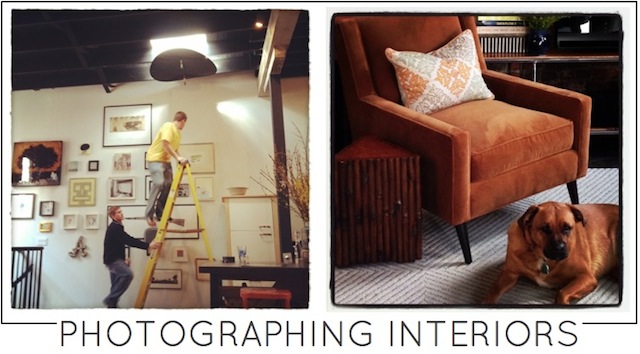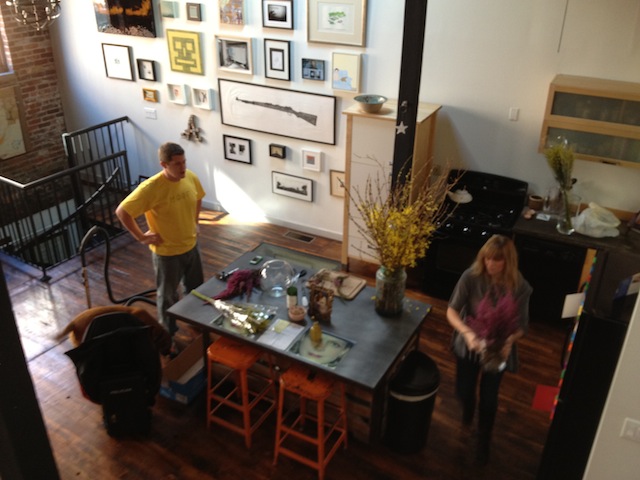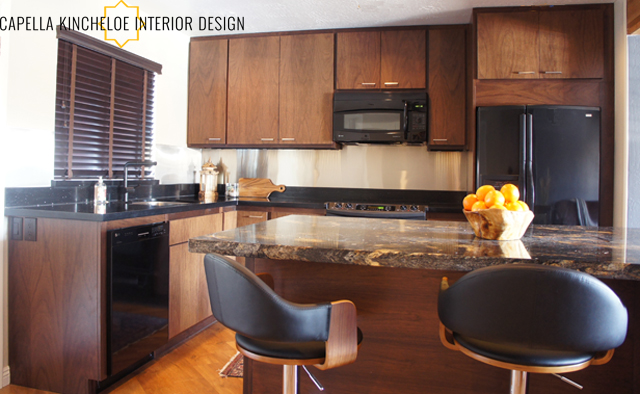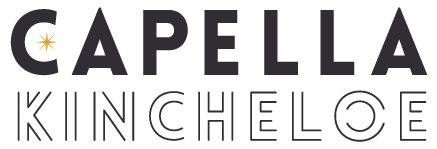PHOTOGRAPHING INTERIORS
 There is a difference between photographing interiors and photographing people, nature, or even interiors for real estate. The first professional shoot I was on, I had just started with Michael Smith, I had never been to the house, had never met the homeowner, it was days before Christmas with a decorated house and a family that was packing for a two-week safari. They left me at the house to help the photographer and after breaking a decorative bulb taking down the decorations and having to move much of the homeowners packing around I didn't endear myself to the client. Lucky it was just a scouting shoot, which eventually became this spread in House Beautiful.
There is a difference between photographing interiors and photographing people, nature, or even interiors for real estate. The first professional shoot I was on, I had just started with Michael Smith, I had never been to the house, had never met the homeowner, it was days before Christmas with a decorated house and a family that was packing for a two-week safari. They left me at the house to help the photographer and after breaking a decorative bulb taking down the decorations and having to move much of the homeowners packing around I didn't endear myself to the client. Lucky it was just a scouting shoot, which eventually became this spread in House Beautiful.
I've attended many more interior photo shoots since then, including this one for Architectural Digest. But they all start long before the flowers arrive and camera arrive.
First, you must decide what you are going to photograph and when is the best time of day to photograph. Do you want a lot of natural light? Does the room get blown out early in the morning? Is the bedroom only going to be light if you use lamps after 4pm? Does the sunset at 5 or 9? What rooms are going to be photographed? What angles? Do you need a ladder? Should you make room in the closet for the photographer to squeeze into to get the best angle or the widest shot? Will you need extra lighting equipment?
(In the title photograph the photographer is covering the skylight - which eventually they went on the roof to cover more thoroughly.)
 flower prep
flower prep
After these decisions are made, I typically like to start photographing around 10am. I find I like bright interiors and this seems to provide the best natural light. So a few hours before, I bring additional props and flowers. Sometimes if the shoot is more extensive, furniture will be moved in or out of the home to get show the home at its best. The flowers should be fresh, but not so fresh that they haven't opened yet. Sourcing flowers, additional props, and furniture to complete the styled shoot is sometimes done by an additional stylist or the designer depending on how big the shoot is.
 with just two windows in this kitchen/living room we had to play with the light and shades
with just two windows in this kitchen/living room we had to play with the light and shades
Floors should be vacuumed, shelves dusted, light bulbs replaced, wax removed from candlesticks, surfaces cleaned of streaks, curtains steamed, pillows fluffed, bed linens smoothed, wires tied to table legs or unplugged entirely, lampshade seams face the wall, rugs stretched. The camera will see everything.
Once the house looks good, the light is right, and the camera and equipment is set up, you can start taking photos. But usually these are just test photos - to see how the bowl looks on the table or to see if that chair works in the shot, if the door should be open or closed. The lens "sees" different from the eye, so what looks good in person may not look right in photos.
Chairs are moved abnormally close to the bed. Flower heads are twisted, windows covered to prevent weird shadows or shades opened. Books moved a millimeter, the bowl replaced with a paperweight, pillows manipulated, a cup of coffee casually placed on the table and then pushed left an inch, twist the handle just so. All while taking several photos in between each adjustment to see progress. You can imagine that each shot can take 30+ minutes and when you are taking a couple of angles of each room - time adds up. Shooting a large house can easily eat up 2 days or more. And then there is post-production.
